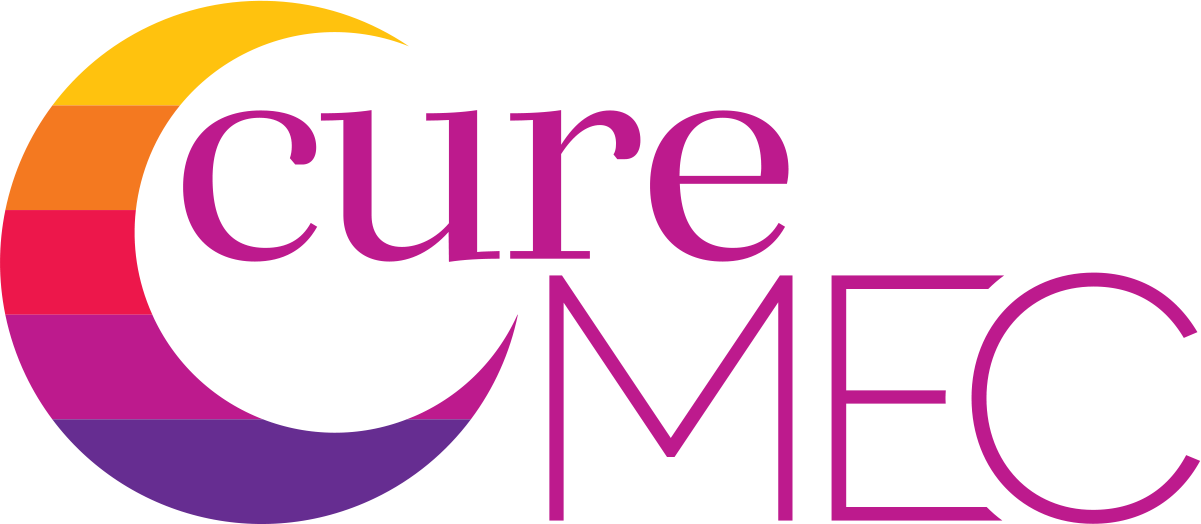Latest MEC Research Update!
Thanks to our incredible research partner, the Children’s Cancer Therapy Development Institute (cc-TDI), a lot has been happening to advance the science of MEC and ultimately find a cure. We are deeply encouraged by the pace at which cc-TDI’s research efforts are moving forward and the level of collaboration they have received from across the globe.
We are excited to share 5 exciting updates on the MEC research project that your donations have been funding, each focused on a different aspect of the research we are pursuing. We’ve been saying it from the beginning but this research really is the hope we hold onto every day, and it has only been possible because of each of you and this generous community who has been supporting us.
Gathering and studying MEC samples:
To begin to understand a cancer that has never been studied like Sebas’ cancer, Myoepithelial Carcinoma (MEC), a critical first step is to gather as many tumor samples as possible and perform genetic sequencing on them to understand how MEC is structured. The aim is to determine if there are any commonalities or trends among patients with MEC. Over the past year, our research partner, the Children’s Cancer Therapy Development Institute (cc-TDI), has contacted over 100 of the leading doctors and researchers around the world in search of MEC samples. They have thus far collected 25 tumor samples, half of which have already been sequenced and the other half which will be sequenced in the next few weeks. Many thanks to Dr. Paul Huang at the Institute for Cancer Research-London for the collaborative samples his team recently sent!
While 25 samples might not seem like a lot, it’s a great start toward the goal of acquiring roughly 60 MEC samples that cc-TDI believes it will need to complete their research! It costs $1500 to perform the DNA and RNA sequencing on each sample, in addition to the funds needed to validate and analyze the data. Your donations are making all this possible!
MEC cell line:
In December 2022, one of the small tumors that was removed from Sebas’ lung was donated to cc-TDI. Fresh tumor tissue can potentially give researchers an invaluable resource to develop what is called a “cell line”: a working copy of the cancer that can be continually grown in a laboratory for continued testing. Cell lines can be used to understand what goes wrong in cells and causes them to develop into cancer. But it is very difficult to develop a cell line (less than a 50/50 chance of success), especially when the tumor sample is very small, and can take several months to a year.
Excitingly, Sebas’ tumor sample has recently started to grow in petri dishes. But more experiments are needed to determine if the cells that are growing are cancer, and not normal cells that were intertwined with the cancer cells. cc-TDI is working on this now and will also be injecting the cells in a mouse to see if tumors grow.
Right now, we are hoping and praying that cc-TDI can successfully develop a cell line from Sebas’ tumor sample. No MEC cell lines currently exist anywhere in the world so establishing such a cell line would make it possible for cc-TDI and other researchers to make faster progress on MEC research, including identifying new potential treatments.
PDX mouse model:
Thanks to Dr. Ryan Roberts at Nationwide Children’s Hospital in Ohio, cc-TDI has obtained the world’s only MEC patient-derived xenograft (PDX) mouse model that carries the same EWSR1-KLF15 fusion that Sebas has. This is like finding a needle in a thousand haystacks! This mouse model grew very well in the lab and a tumor cell culture was derived so that petri dish studies can be done, along with additional genetic sequencing. Researchers also hope to develop a cell line from this mouse model.
Mouse models are among the most valuable tools in cancer research. Researchers use them for many types of studies, from identifying possible new cancer treatments to finding new clues about cancer biology. This is a very exciting development for MEC research and future drug development.
Synthetic MEC cell model:
Over the past year, cc-TDI has been working to develop the world’s first synthetic cell model of MEC by inserting the EWSR1-KLF15 gene fusion, which is the fusion Sebas has, into normal myoblast and fibroblast cells, allowing for further testing and analysis in preparation for future drug development.
In the absence of a MEC cell line created by actual live tumor cells, a synthetic cell model can be a productive first step towards advancing research while pursuing a cell model from fresh tissue.
Drug screen: cc-TDI recently used a chemical and drug screen of 70 model compounds provided by Boehringer Ingelheim on a MEC primary cell culture with the EWSR1-KLF15 fibroblast. Initial studies showed modest activity in 2 out of the 70 compounds. Additional studies are needed to determine next steps.
Drug screens are important to identify if there are any known compounds which would prove effective in stopping the growth of cancer cells at a dose safe enough to be used, and in this case for a child. Even if we do not identify a compound that would be safely effective, the screen still provides valuable information that can help further focus the direction of our research. Drug screens cost almost $20,000.




